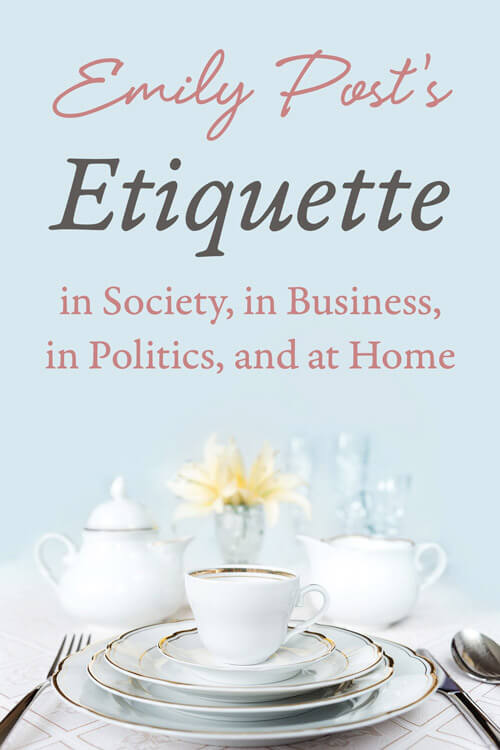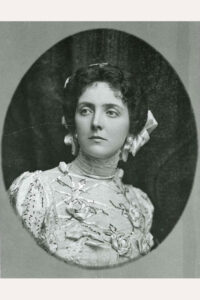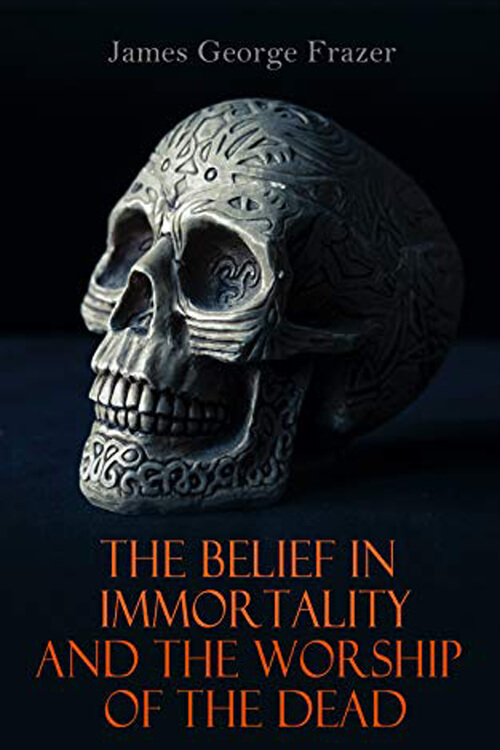
Etiquette In Society, in Business, in Politics and at Home
Etiquette in Society, in Business, in Politics, and at Home (frequently referenced as Etiquette) is a book by Emily Post in 1922. The book covers manners and other social rules and has been updated often to reflect social changes, such as diversity, redefinitions of family, and mobile technology. The 19th edition of Etiquette (2017) is authored by Post’s descendants, Lizzie Post and Daniel Post Senning.
Best Society is not at all like a court with a particular queen or king, nor is it confined to any one place or group, but might better be described as an unlimited brotherhood that spreads over the entire surface of the globe, the members of which are invariably people of cultivation and worldly knowledge, who have not only perfect manners but a perfect manner. Manners are made up of trivialities of deportment, which can be quickly learned if one does not happen to know them; manner is personality—the outward manifestation of one’s innate character and attitude toward life. A gentleman, for instance, will never be ostentatious or overbearing any more than he will ever be servile because these attributes never animate the impulses of a well-bred person.
A man whose manners suggest the grotesque is invariably a person of imitation rather than absolute position. Etiquette must include ethics and manners if it is to be of more than trifling use. Indeed, what one is is of far greater importance than what one appears to be. Etiquette is essential to decent behaviour, just as clothing is essential to decent appearance. Precisely as one wears the latter without being self-conscious of having on shoes and perhaps gloves, one who has good manners is equally unself-conscious in the observance of etiquette, the precepts of which must be so thoroughly absorbed as to make their observance a matter of instinct rather than of conscious obedience. Thus, Best Society is not a fellowship of the wealthy, nor does it seek to exclude those not of heavenly birth. Still, it is an association of gentle folk, of which good form in speech, charm of manner, knowledge of the social amenities, and automatic consideration for the feelings of others are the credentials by which society the world over recognizes its chosen members.
Read or download Book
Emily Post
Post was born Emily Bruce Price in Baltimore, Maryland, possibly in October 1872.
Biography
The precise date is unknown. Her father was the architect Bruce Price, famed for designing luxury communities. Her mother, Josephine (Lee) Price of Wilkes-Barre, Pennsylvania, was the daughter of a wealthy coal baron. After being educated at home in her early years, Price attended Miss Graham’s finishing school in New York after her family moved there. Price met her future husband, Edwin Main Post, a prominent banker, at a ball in a Fifth Avenue mansion. They lived in New York’s Washington Square after their wedding in 1892 and a honeymoon tour of Europe.
They also had a country cottage, named “Emily Post Cottage”, in Tuxedo Park, one of four Bruce Price Cottages she inherited from her father. The couple moved to Staten Island and had two sons, Edwin Main Post Jr. (1893) and Bruce Price Post (1895). Emily and Edwin divorced in 1905 because of his affairs with chorus girls and fledgling actresses, which made him the target of blackmail. Post began to write once her two sons were old enough to attend boarding school. Her early work included humorous travel books, newspaper articles on architecture and interior design, and magazine serials for Harper’s, Scribner’s, and The Century.
She wrote five novels: Flight of a Moth (1904), Purple and Fine Linen (1905), Woven in the Tapestry (1908), The Title Market (1909), and The Eagle’s Feather (1910). In 1916, she published By Motor to the Golden Gate—a recount of a road trip she made from New York to San Francisco with her son Edwin and another companion. Post wrote her first etiquette book, Etiquette in Society, in Business, in Politics, and at Home (1922, frequently referenced as Etiquette), when she was 50. It became a best-seller with numerous editions over the following decades. After 1931, Post spoke on radio programs and wrote a column on good taste for the Bell Syndicate. The column appeared daily in over 200 newspapers after 1932.
In her review of Claridge’s 2008 biography of Post, The New York Times Dinitia Smith explains the keys to Post’s popularity. Such books had always been popular in America: the country’s exotic mix of immigrants and the newly rich were eager to fit in with the establishment. Men had to be taught not to blow their noses into their hands or to spit tobacco onto ladies’ backs. Arthur M. Schlesinger, who wrote “Learning How to Behave: A Historical Study of American Etiquette Books” in 1946, said that etiquette books were part of “the levelling-up process of democracy,” an attempt to resolve the conflict between the democratic ideal and the reality of class. But Post’s etiquette books went far beyond those of her predecessors. They read like short-story collections with recurring characters: the Toploftys, the Eminents, the Richan Vulgars, the Gildings, and the Kindharts.






